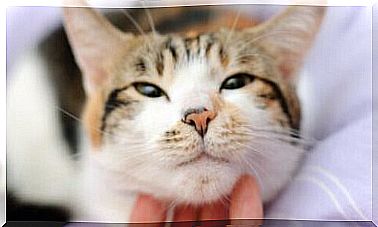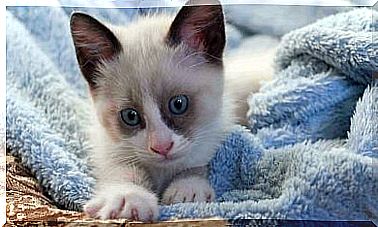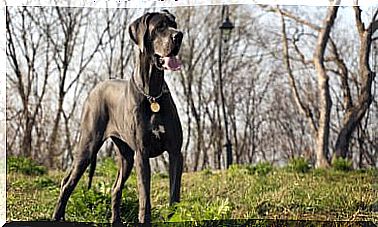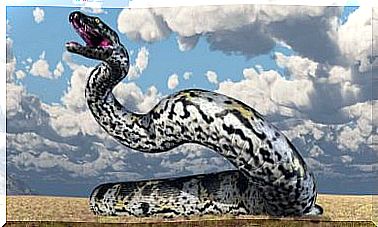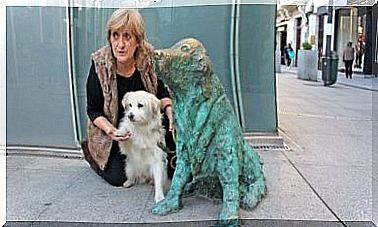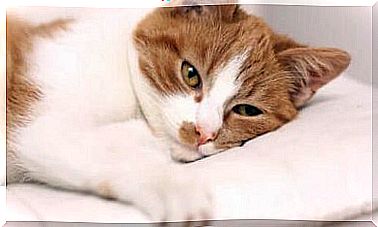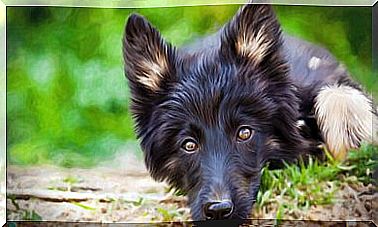Cape Damán: Nimble-legged Acrobats
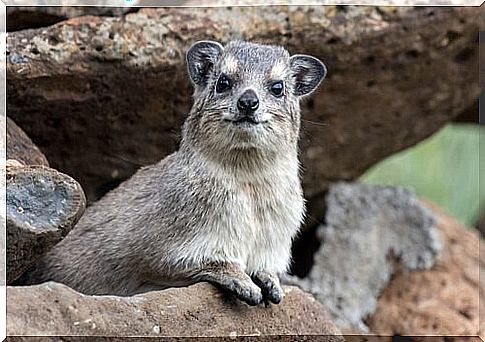
The Cape Damher is very similar to a guinea pig or a large rabbit with very short ears. But this animal has teeth, toes and cranial structures very similar to elephants. So much so that some scientists consider the Cape Damon one of the elephant’s closest living relatives.
According to studies, it shares an ancestor with the elephant. The daman’s strong molars grind through the tough vegetation, and they have two incisor teeth that are like little tusks, like an elephant’s.
life on the rocks
This species belongs to the Procaviidae or Hyrax family , which has three members. Cape damson, arboreal dammon and shrub or yellow-spotted ones. Cape damon lives mainly in Africa, but is also found on the coast from the Arabian Peninsula to Lebanon.
As the name suggests, they gather in areas where there are rocks, rock formations or even small corners in cliffs that provide shelter and protection. Their homes are easy to identify, as the urine of these animals crystallizes and is seen as white patches on the rocks.
The Cape Damher’s paws are designed for rock climbing. The underside of each paw is bare and has a damp, sticky pad for a suction cup effect. This helps them cling to rocks and other smooth surfaces without slipping, which is why they’re also known as nimble-legged acrobats.
Some behavioral traits of the cable-daman
The cable-daman is a very sociable species. It can live in colonies of up to 50 individuals that share areas for sleeping and foraging for food. Each day begins with a group sunbathing session for several hours. Once they warm up, they go out for a short time to feed.

The Cape Daman doesn’t like cold or rainy climates, nor will he leave his rock shelter if the weather isn’t to his liking. Although they are daytime, they can venture out at night.
They spend most of their time doing nothing. Only about 5% of your time is spent on active activities.
In some parts of Africa, the arboreal damon generally lives in the same rocky areas as the cape. The two species were seen sharing refuge holes and meeting to warm themselves in the morning. Their puppies even play together. Although they differ in other respects, these two species seem to understand each other.
Feeding habits of the cable-dark
Cape damon has a three-chambered stomach with bacteria that help digest the plants it eats. During the rainy season, they mainly eat grass, but when the grass dries up, they modify their diet and stick to fruits and leaves.
At feeding time, they do this in a circle; with their heads pointing outside that circle to monitor predators. They alert each other to the presence of leopards, hyenas, jackals and black eagles.
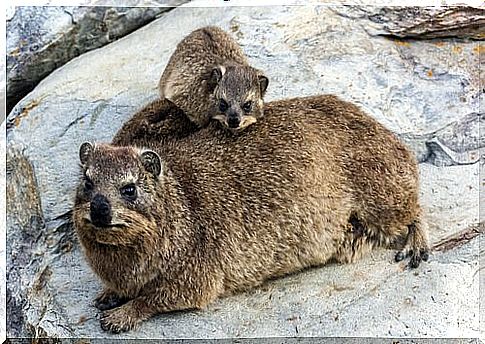
With its excellent eyesight, it can detect a predator from over 900 meters away. During each feeding period, the dominant male in the group stops between bites to watch for danger. If he sees something disturbing, he lets out a cry of alarm that causes the others to seek shelter or go completely still until the danger has passed.
Familiar life
Females stay with the family for life. There is one male for every five females who patrol a particular territory within your colony. When the baby is born, usually at the same time, once a year, the entire colony greets and sniffs the newborn.
Puppies are surprisingly precocious: they are born with open eyes and ears. They look like miniature adults and have the same lush skin. The damão-do-cabo organizes itself in groups to take care of the babies and the mothers take turns to take care of the little ones.
Three days after birth, the puppies are already tasting solid foods. The cub consumes excrement from others of the species. This habit is believed to help them get the bacteria their stomach needs to digest the plants they consume.
